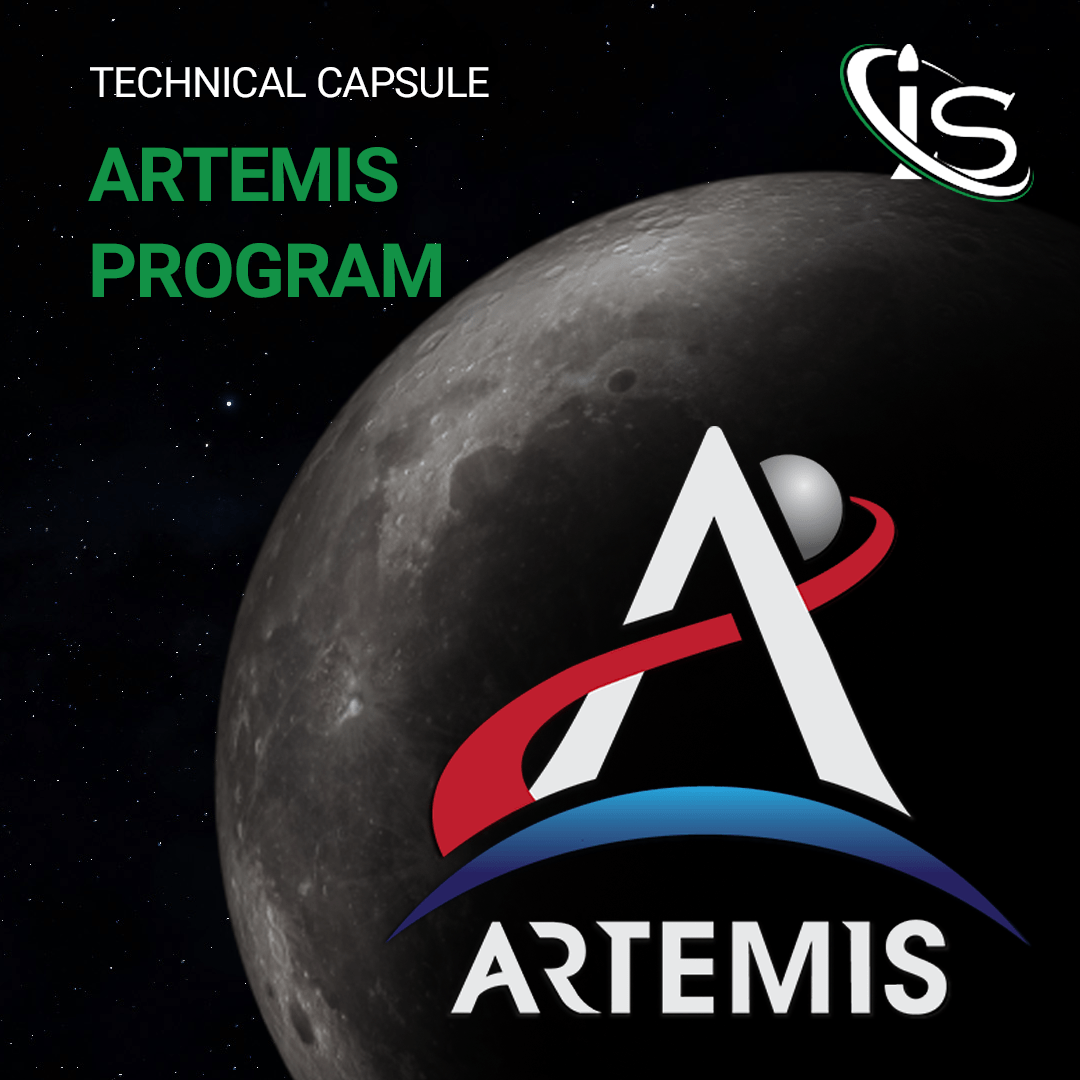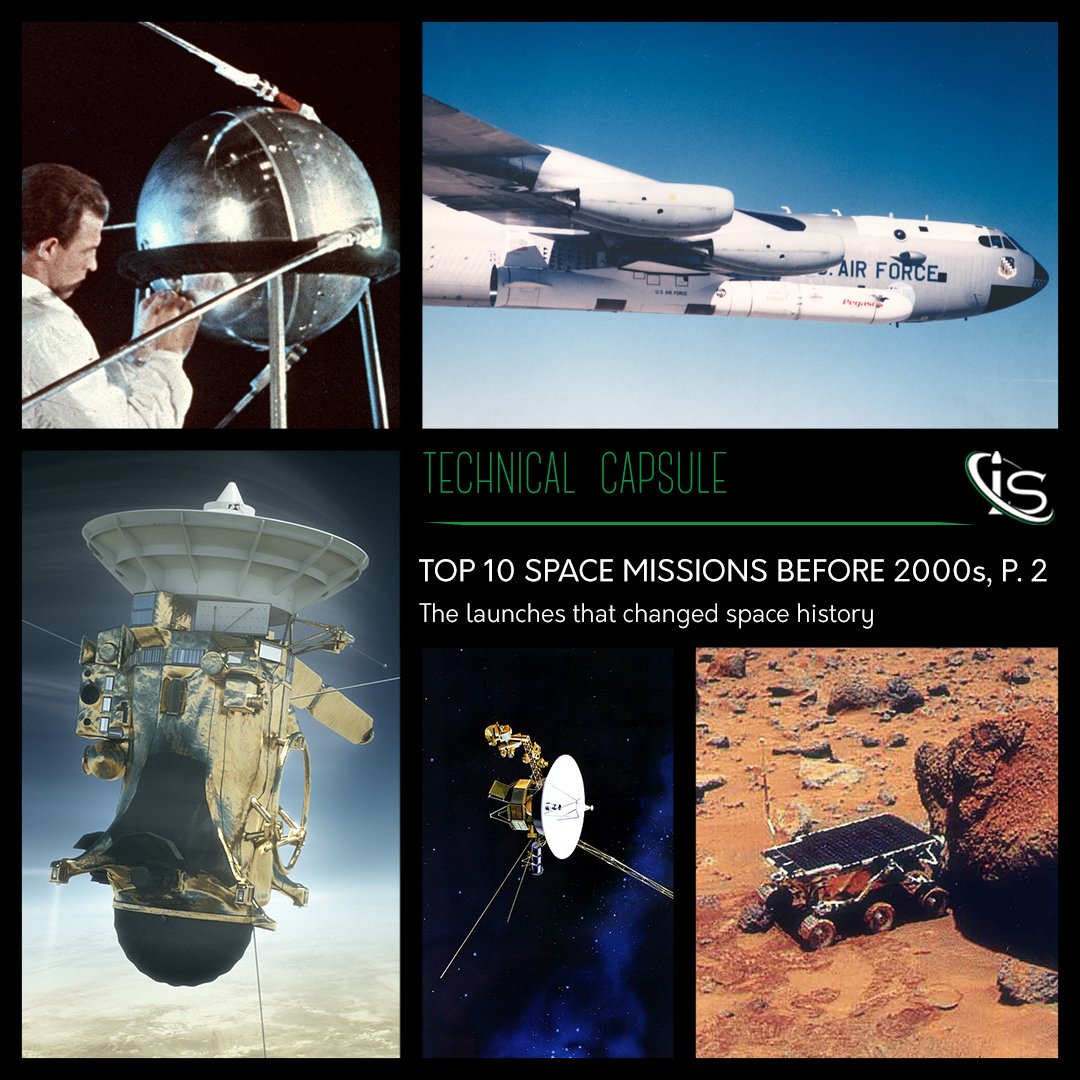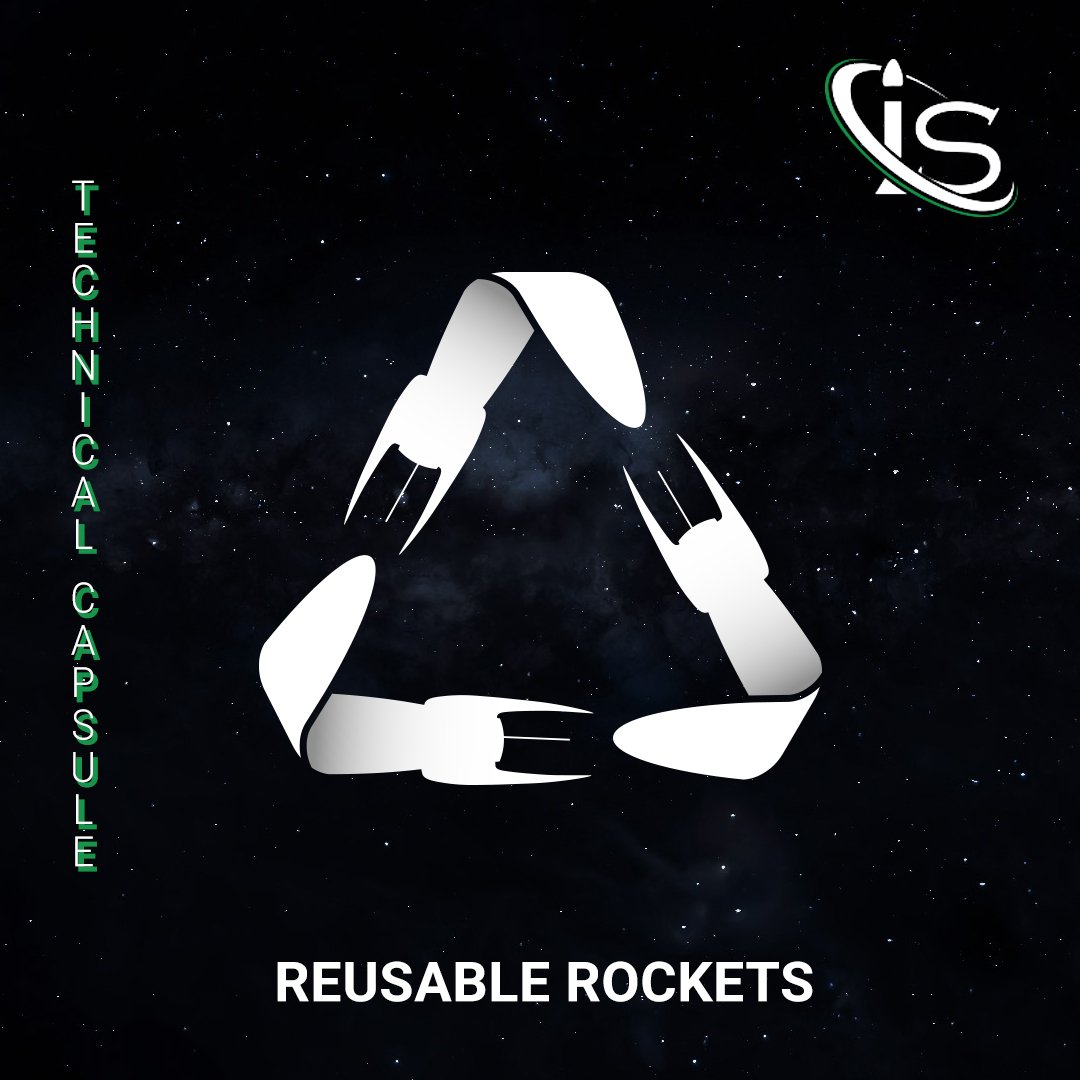It is time for another of Impulso’s monthly historical milestones. Up on the docket for today, we have an event that would forever change space travel: the launch of NASA’s first ever space shuttle. And with how influential the space shuttle program turned out to be, with over 100 missions flown, looking at where it all started appears to be a rather good idea. So, without further ado, let’s go back over 40 years ago to Space Shuttle Columbia and the first STS mission.
The Launch
The year was 1981. The place, Launch Complex 39A, Kennedy Space Center, Florida. After nearly a decade of work, the first crewed launch of the Space Transportation System, STS-1, was ready to lift off. The shuttle used for this momentous occasion was Columbia, the successor of Enterprise, the vehicle used for this program’s test flights. Two men were aboard this machine: Commander John W. Young and Pilot Robert L. Crippen. And at 7 am that morning, Columbia and its crew took to the skies for the very first time.
Space Shuttle Columbia’s Backstory
The mission had one primary objective: the safe launch and return of the crew and orbiter. After all, the space shuttle was attempting something never done before: being a partially reusable spacecraft. While the concept is a widespread one today, this was a completely revolutionary idea in the 1970’s. And so, for as important as a successful launch was, a successful landing was just as crucial.
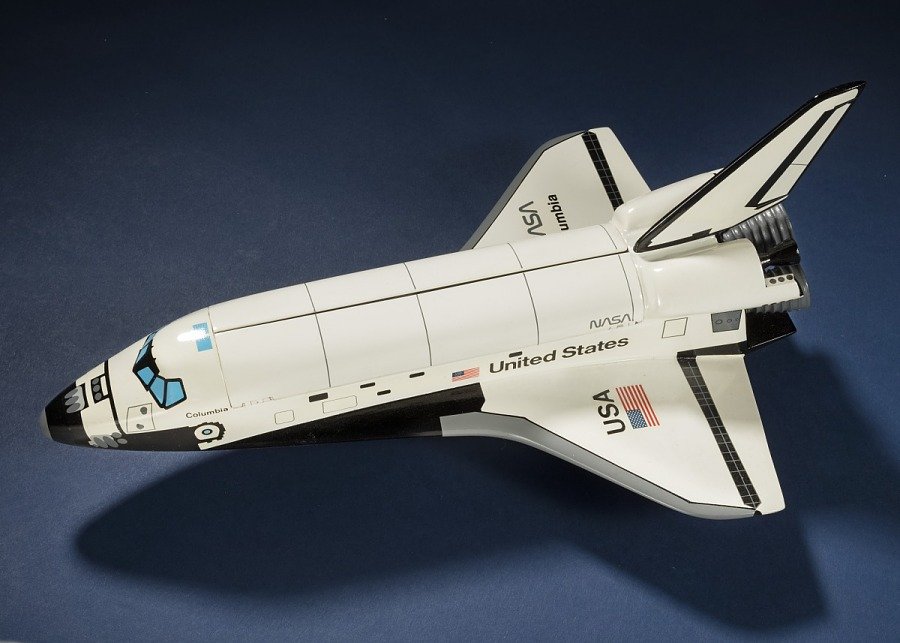
In order to achieve the reusability of the orbiter component of the shuttle, its design had to be a little different than most rockets. I will not go into too much detail on that here, as it is not the focus today, but anyone interested can check out our Dragon vs Space Shuttle capsule. For now, let’s focus on why I brought this up in the first place: the innovation that came with said design. In particular, its wings. Thanks to this addition to the orbiter, maneuvering it safely back to Earth became much more manageable. It also enabled it to carry heavyweight payloads, a feature that would come into play in many future STS missions.
STS-1
Now that we set the stage a bit, let’s delve into what the STS-1 really accomplished. As we go through this, it is important to remember the mission’s objective: a safe and successful launch and landing. Therefore, everything that was done was in service of this. But what does that really mean?
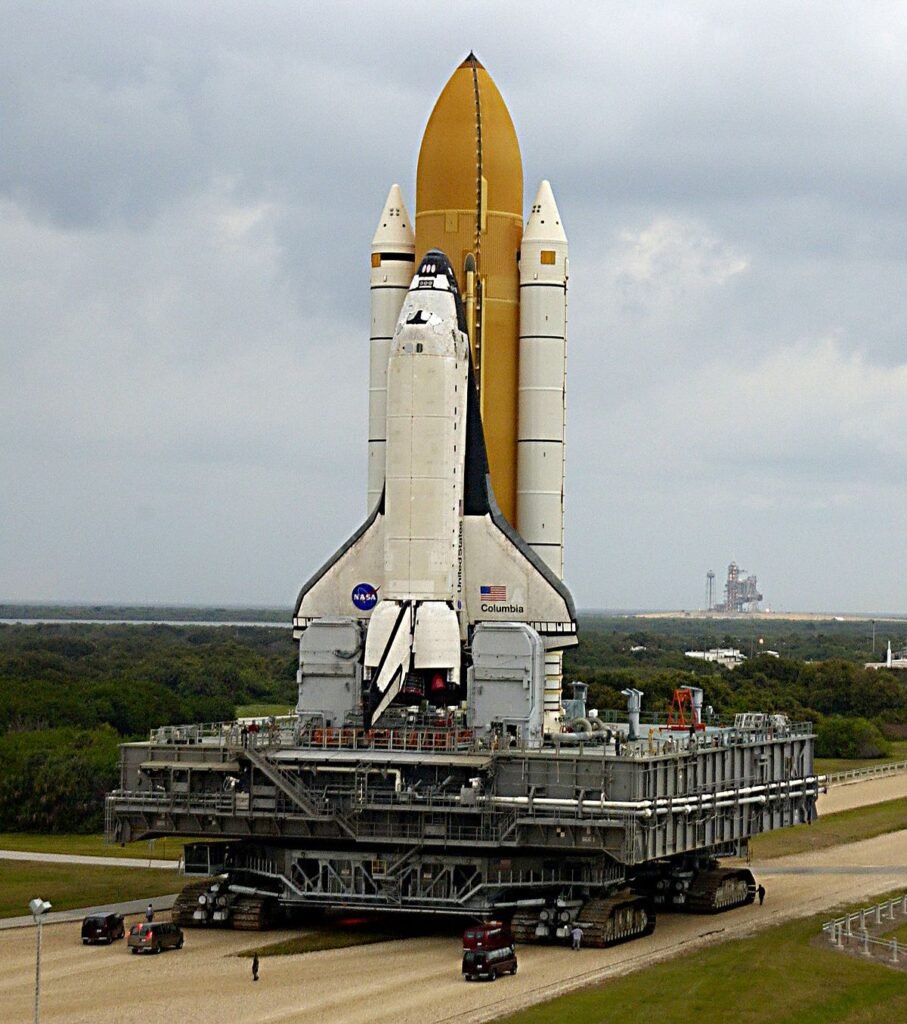
For one, the mission was on the shorter side, lasting a little over 2 days. For two, the equipment on board was there to monitor and gather data not on what was surrounding the shuttle, but on the vehicle, itself. Mainly, the two payloads on STS-1 were the Aerodynamic Coefficient Identifications Package (ACIP) and the Developmental Flight Instrumentation (DFI), both of which served the purpose of recording temperatures, pressures, and acceleration data for Columbia throughout its flight. And speaking of, during its time in space, the shuttle completed 37 revolutions around Earth and traveled a total of 1.074 million miles.
Its orbit’s inclination was 40.3°, and, after 2 days, 6 hours, 20 minutes, and 53 seconds, Columbia achieved its goal. It returned safely to Earth ready to be reused for another mission. And while there were some technical problems along the way (some tiles were damaged during launch and because of the pressure generated by the boosters), these were addressed and resolved before the next mission.
And with that, we have come to the end of another milestone. Hope you enjoyed learning about the origins of one of NASA’s most influential programs. Thank you for coming along on this journey, and “see you” all in the next one.
